Optimal Timing for Concrete Liftings
Concrete liftings are most effective when performed under optimal environmental conditions. Timing depends on factors such as temperature, humidity, and the current state of the concrete. Proper scheduling ensures the longevity and stability of the lift, minimizing the risk of future issues.
Perform concrete liftings when temperatures are between 50°F and 85°F to ensure proper curing and adhesion.
Low humidity levels reduce the risk of moisture-related problems during lifting procedures.
Liftings should be scheduled outside of periods with heavy rain, snow, or extreme heat to prevent complications.
Assess the current condition of the concrete to determine if it is suitable for lifting, ideally when it is neither too wet nor too dry.
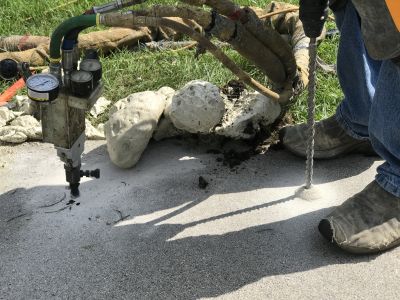
Optimal weather ensures effective concrete lifting and long-term stability.
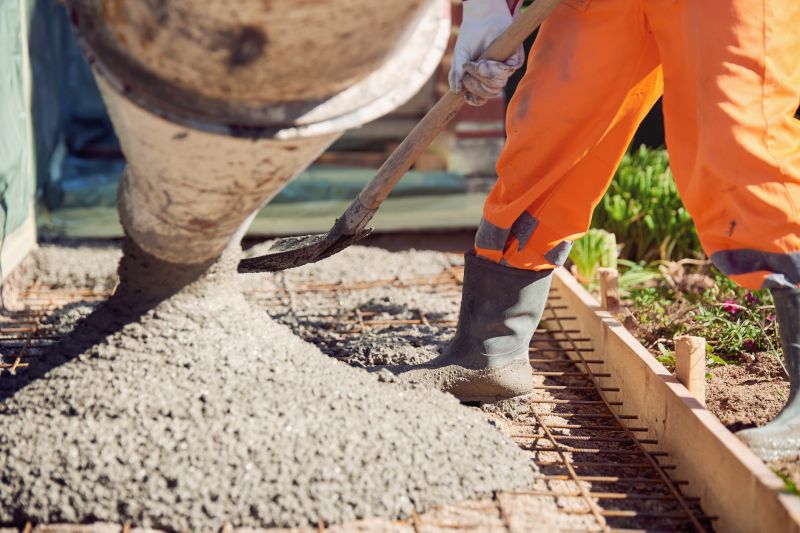
Proper timing minimizes risks associated with environmental factors.

Assessing concrete condition and weather forecasts is essential for successful liftings.

Ways to make Concrete Liftings work in tight or awkward layouts.
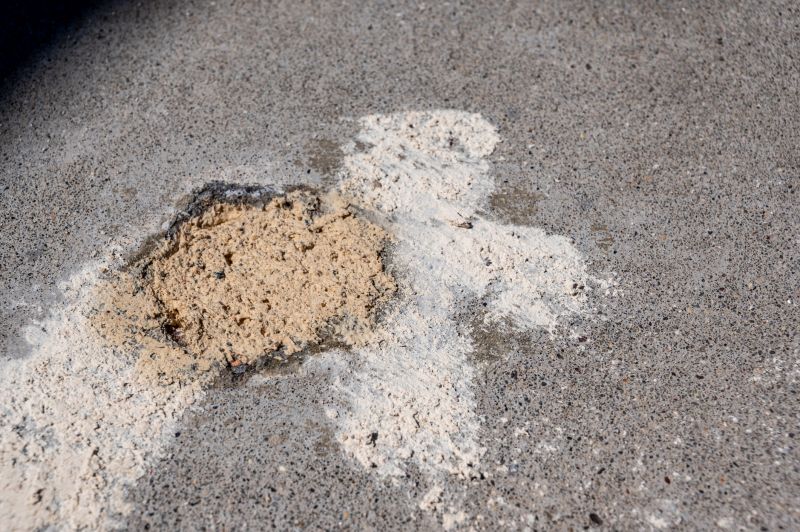
Popular materials for Concrete Liftings and why they hold up over time.

Simple add-ons that improve Concrete Liftings without blowing the budget.
| Factor | Ideal Conditions |
|---|---|
| Temperature | 50°F to 85°F |
| Humidity | Moderate, low humidity preferred |
| Weather | Clear days, no rain or snow |
| Season | Spring and fall |
| Concrete Condition | Properly cured and not overly wet or dry |
Concrete liftings are a specialized process used to restore the level and stability of existing concrete surfaces. This technique involves raising sunken or uneven slabs by injecting materials beneath the surface, which can improve safety and functionality. The process is often chosen for driveways, sidewalks, and commercial flooring, providing a cost-effective alternative to replacement. Proper timing ensures the effectiveness of the lift, preventing future settlement or cracking. Statistics indicate that when performed correctly, concrete liftings can extend the lifespan of a concrete slab by several years, reducing the need for costly repairs.
The success of concrete liftings depends on environmental conditions. Temperature fluctuations, high humidity, and adverse weather can compromise the adhesion and curing process. Scheduling liftings during moderate weather conditions helps achieve optimal results, ensuring the concrete remains stable and durable over time.
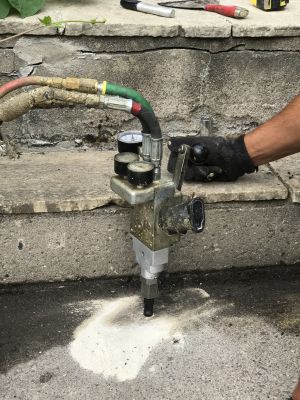
Specialized tools and materials are essential for effective concrete liftings.

Proper timing and conditions contribute to successful lifting operations.
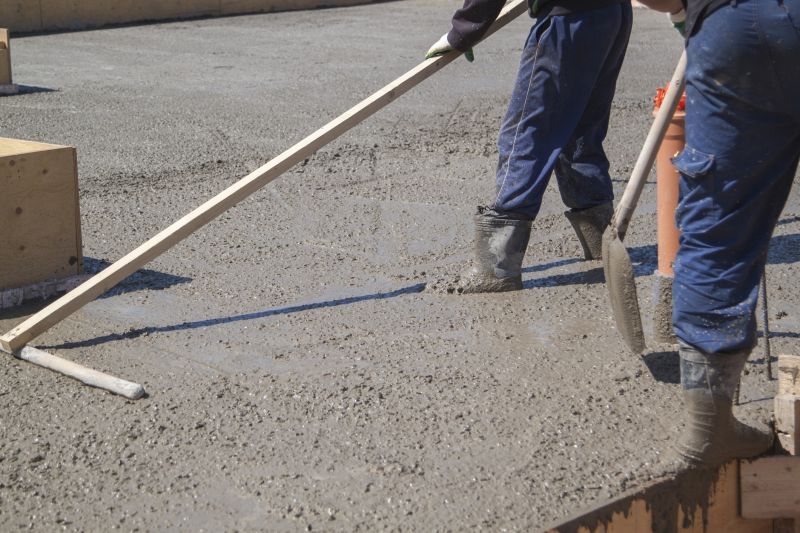
Restored and level surface ready for use.
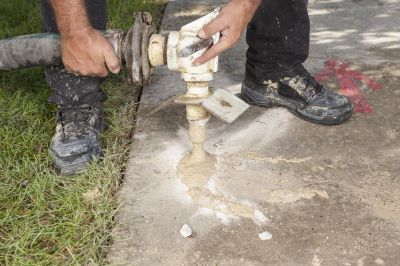
Evaluating concrete condition and environmental factors is crucial.
For those interested in concrete liftings, filling out the contact form provides an opportunity to discuss project needs and schedule services at the most suitable time. Ensuring proper timing can lead to more durable and long-lasting results, making it a vital consideration in the lifting process.



